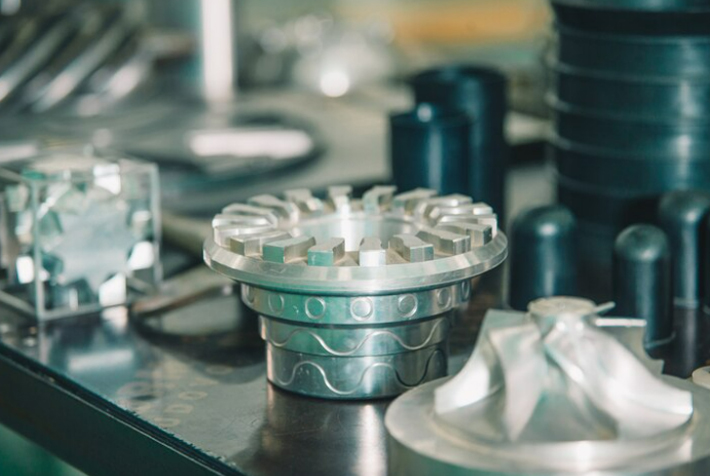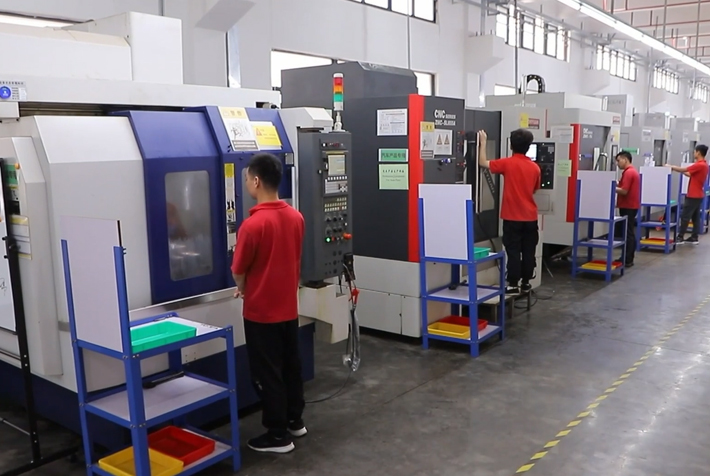
Flanges serve several important functions in piping systems. Firstly, they provide a means for connecting pipes, valves, and other equipment, allowing for easy assembly and disassembly during installation and maintenance. Flanges also provide a sealing surface, preventing leakage of fluids or gases from the system. They help distribute loads and stresses across the connected components, enhancing the structural integrity of the system. Flanges facilitate alignment of pipes and equipment, ensuring proper flow and reducing turbulence. Additionally, they allow for the attachment of accessories such as valves, gauges, and instruments. Overall, flanges play a vital role in creating secure, leak-free, and efficient connections in various industrial applications.
Material | Iron, stainless steel, brass, copper, galvanized steel, titanium, Aluminium, etc. |
Surface treatment | Zinc/Nickel/Tin/Ag-Plated/Au-Plated, etc. |
Type | High-Precision nonstandard parts (OEM Service) |
Process | Stamping/Punching/Pressing, CNC machining/Turning/Milling, Deep Drawing and other process. |
Certificate | IATF16949 2016; I SO9001 2015; ISO14001:2015; RoHS&REACH, etc. |
Usage | Automotive/ Car Thermostat, Switch, Electric Heating, Aerospace, New energy, etc. |
Weld Neck Flange: This type of flange has a long tapered neck and is welded to the pipe. It offers high strength and is suitable for high-pressure and high-temperature applications.
Slip-On Flange: Slip-On flanges have a bored center and slide over the pipe before being welded in place. They are easy to install and are used for low-pressure applications.
Socket Weld Flange: Socket Weld flanges have a socket or bore that fits over the pipe and are then welded in place. They are used for small-diameter, high-pressure applications.
Lap Joint Flange: Lap Joint flanges consist of two parts—the backing flange and a loose ring. The ring fits around the pipe, while the backing flange is used to bolt the assembly to another flange. They allow for easy alignment and dismantling.
Blind Flange: Blind flanges are solid discs used to seal off the end of a piping system. They are used when future expansion or maintenance may be required.
Threaded Flange: Threaded flanges have internal threads that match the external threads of pipes. They are easy to install and are commonly used for low-pressure applications.
Orifice Flange: Orifice flanges are used in systems that require the measurement or control of fluid flow. They have a concentric or eccentric opening that holds an orifice plate.
The manufacturing process of custom flanges involves precision design, material selection, and advanced manufacturing techniques. Initially, through in-depth communication with the customer, specifications, dimensions, performance requirements, and application environments for the flange are determined. Subsequently, engineers conduct detailed design based on customer requirements or established drawings. Once the design is finalized, the engineering team selects appropriate metal alloys and special materials to ensure the stability of the flange under various conditions. Finally, precision machining and cutting techniques are employed to accurately shape the raw materials into flanges that meet the specified standards.

The manufacturing of custom flanges utilizes advanced CNC machining and cutting equipment to ensure high precision and quality. Following the design drawings, raw materials undergo precise cutting and machining to form flanges that adhere to the specified standards. This process involves multiple steps such as turning, milling, drilling, and may include surface treatments like grinding and polishing to enhance the flange's surface smoothness. The final products undergo rigorous quality inspections to ensure they meet design requirements, including dimensional accuracy, surface finish, and material strength.

Through a specialized design and production process, our custom flanges can meet the unique technical and performance requirements of customers. The finished products are then shipped via sea or air freight to the designated delivery address within the agreed-upon timeframe.


